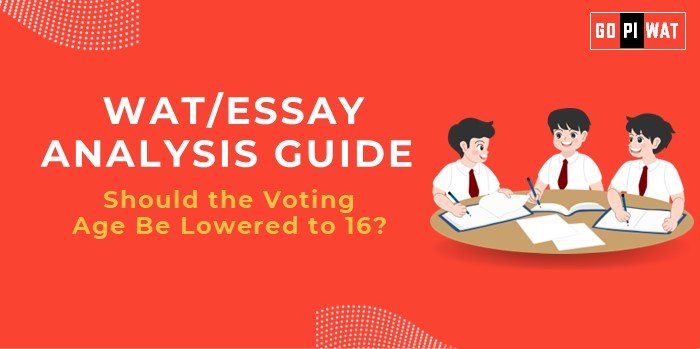🗳️ Should the Voting Age Be Lowered to 16?
🌟 Understanding the Topic’s Importance
Lowering the voting age to 16 reflects efforts to involve younger citizens in shaping democratic futures. It connects with broader themes like education, governance, and youth empowerment, raising important questions about inclusivity and political maturity.
📋 Effective Planning and Writing
- Time Allocation:
- Planning: 5 minutes
- Writing: 20 minutes
- Review: 5 minutes
- Preparation Tips:
- Research examples from countries with lowered voting ages.
- Highlight benefits and risks with data.
🎯 Introduction Techniques for Essays
- Contrast: “At 16, individuals can drive, work, and pay taxes but lack the right to vote. Should this paradox continue in democracies aiming for inclusivity?”
- Question-Based: “Is lowering the voting age to 16 a step toward empowering youth or a premature decision fraught with risks?”
📖 Structuring the Essay Body
Paragraph 1: Achievements
- Early participation builds lifelong voting habits.
- Countries like Austria report higher youth turnout since 2007.
Paragraph 2: Challenges
- Debates on political maturity.
- Peer pressure and potential for manipulation.
Paragraph 3: Future Outlook
- Importance of integrating civic education.
- A phased approach for effective implementation.
✅ Concluding Effectively
- Balanced Approach: “While lowering the voting age offers inclusivity, addressing educational and sociopolitical challenges is crucial.”
- Global Example: “As seen in Austria, the success of youth enfranchisement depends on robust civic education.”
🔍 Analyzing Successes and Shortcomings
- Achievements: Increased turnout in youth-inclusive democracies.
- Challenges: Maturity debates and logistical barriers.
- Global Context: Austria and Scotland provide actionable lessons.
💡 Recommendations for Sustainable Progress
- Introduce mandatory civic education in high schools.
- Conduct pilot programs before national implementation.
- Ensure non-partisan voter awareness campaigns.
📝 Sample Short Essays
1. Balanced Perspective
“Lowering the voting age fosters early civic engagement but necessitates integrating structured civic education to ensure informed decision-making.”
2. Solution-Oriented
“By implementing mandatory civic education and phased voter inclusion, nations can empower youth while addressing concerns over political maturity.”
3. Global Comparison
“Countries like Austria demonstrate that enfranchising younger voters, combined with civic education, can lead to higher political participation rates and vibrant democracies.”


